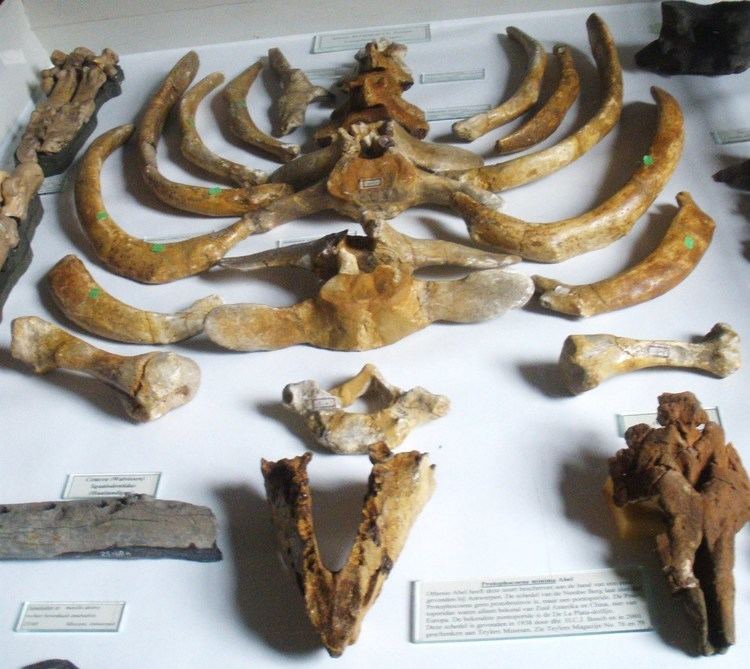Phylum Chordata Order Manatee | Subfamily †Halitheriinae Rank Genus | |
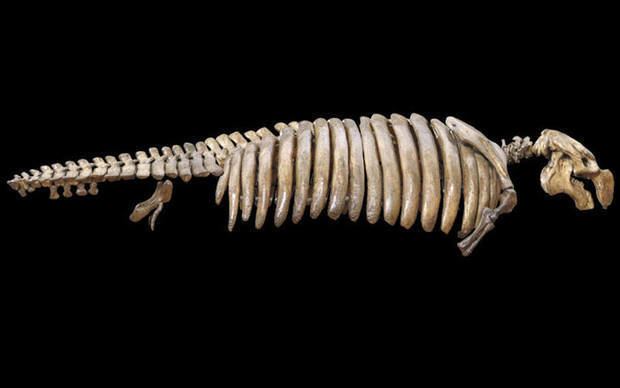 | ||
Similar | ||
Sculpting an extinct sea cow halitherium schinzi hd and hfr
Halitherium was an early sea cow that started in the late Eocene, then the Oligocene. Its fossils are common in European shales. Inside its flippers were finger bones that did not stick out. Halitherium also had the residues of back legs, which did not show externally. However, it did have a basic femur, joined to a reduced pelvis. Halitherium also had elongated ribs, presumably to increase lung capacity to provide fine control of buoyancy.
Contents
- Sculpting an extinct sea cow halitherium schinzi hd and hfr
- Classification
- Taxonomy
- Related species
- References
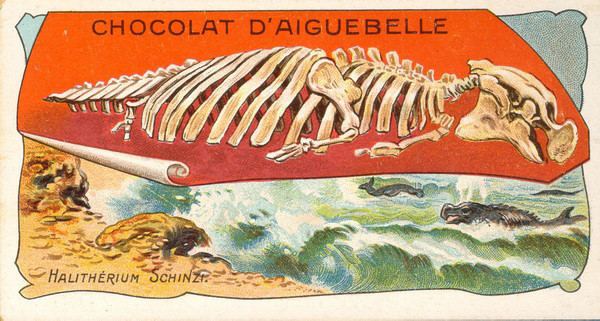
Classification
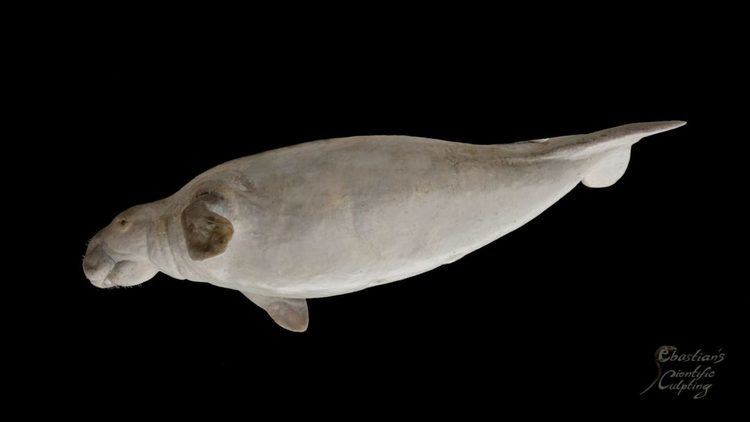
Halitherium is the type genus of the subfamily Halitheriinae, which includes the well-known genera Eosiren and Eotheroides and lived from the Eocene to the Oligocene.
Taxonomy
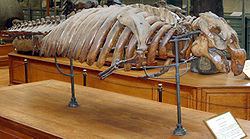
The genus Halitherium has had a confusing nomenclatural history. It was originally coined by Johann Jakob Kaup on the basis of a premolar from the early Oligocene (Rupelian) of southern Germany, but Kaup himself mistakenly stated that the premolar, in his opinion, gehort zu Hippopotamus dubius Cuv., unaware that H. dubius is actually a junior synonym of the primitive sirenian Prototherium minima, while simultaneously coining the genus and species name Pugmeodon schinzii for the same specimen. For his part, the renowned German paleontologist Christian Erich Hermann von Meyer included the type specimen of Halitherium schinzii in his composite species Halianassa studeri, whose hypodigm also included the type specimens of Metaxytherium medium and Protosiren minima as well as a Miocene-age maxilla and a skeleton from the molasse basin in Switzerland. Later, Kaup synonymized Pugmeodon with Halitherium creating the new combination Halitherium schinzii, and the name Halitherium became universally accepted for the early Oligocene halitheriine material from Europe. Because Halitherium was originally based on a misidentified type species and due to the widespread use of Halitherium, the sirenian specialist Daryl Domning petitioned the ICZN to designate Pugmeodon schinzii as the type species of Halitherium, and the proposal was approved by the Commission in 1989, effectively making Pugmeodon a junior objective synonym of Halitherium in line with the current concept of Halitherium introduced by Kaup himself.
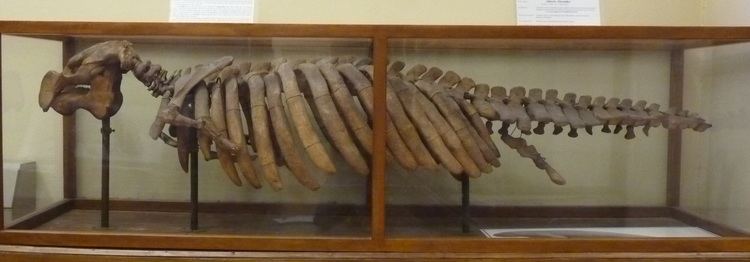
Apart from H. schinzii, there have been five other species of Halitherium that have considered valid in recent papers: H. alleni, H. antillense, H. christolii, H. bellunense, and H. taulannense. However, "Halitherium" taulannense represents a distinct, unnamed genus, while H. antillense is a nomen dubium, and H. christolii and H. bellunense have been renamed Lentiarenium and Italosiren respectively, leaving H. alleni the only species that can be safely considered congeneric with H. schinzii.
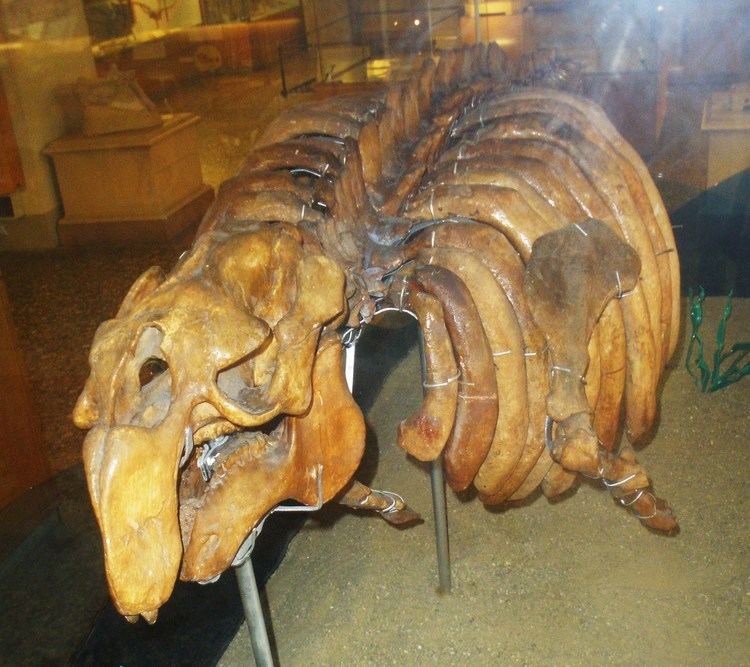
Voss (2013, 2014) dismisses Halitherium as a nomen dubium by virtue of being based on non-diagnostic remains, and a 2017 study found specimens traditionally assigned to Halitherium schinzii to be two separate species, one of which takes the name Halitherium bronni Krauss, 1858. Because Halitherium is dubious, H. bronni has been re-assigned to Kaupitherium.
Related species
